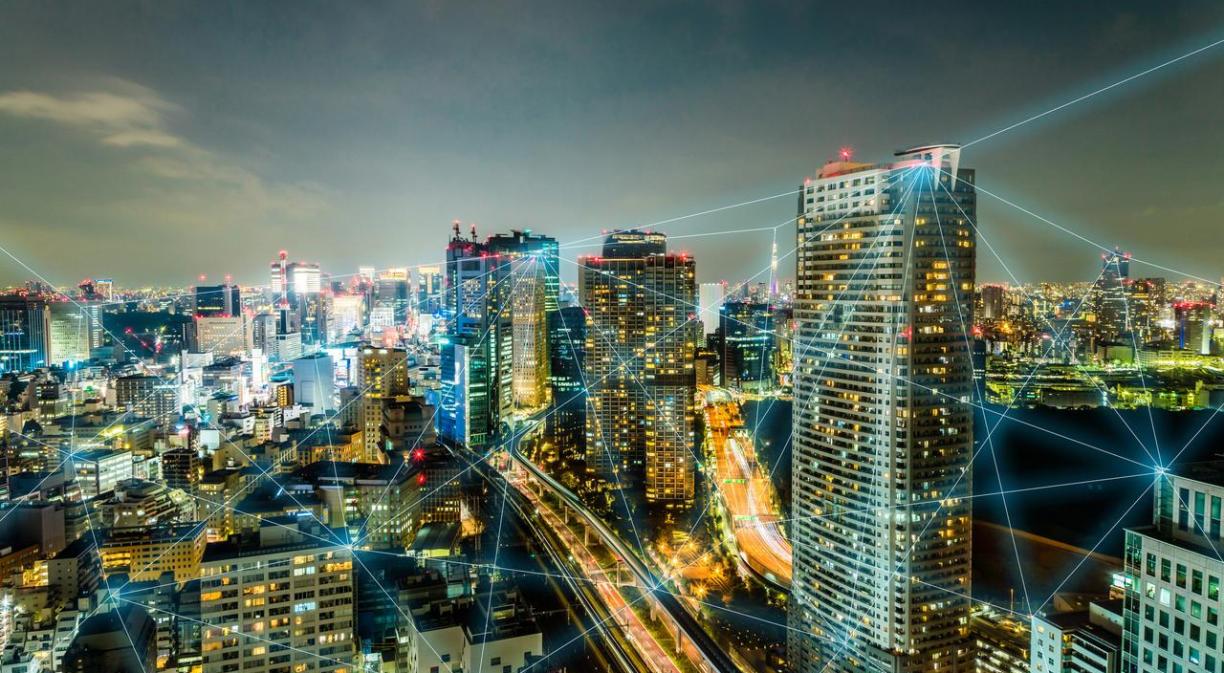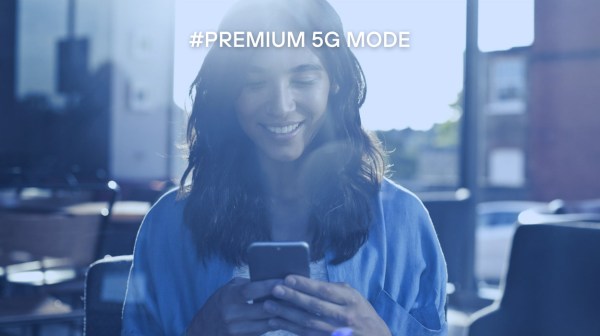And it’s not just a question of speed… in this article we’ll analyse the keys to 5G’s potential and how it will have an impact on different sectors and activities.
But let’s take things one step at a time.
Slow implementation
To begin with, although we’ve been hearing about the benefits that 5G will bring for years, the fact is that we’re struggling to see them, as its implementation is proving to be slow and very progressive.
It’s true to say that the data now herald a phase with greater expansion; according to the estimates of the GSMA, the telco employers’ association that organises the Mobile World Congress (MWC) in Barcelona, the number of 5G connections will exceed 1,000 million by 2022 and 2,000 by 2025, in other words, it will reach 20% of the world’s population. In Europe, it could reach 34% of the population in within the same time.
As we can see, there are still years to come with 4G playing a major role.
5G is crowning the ongoing evolution of communications from 2G, which enabled the switch from analogue to digital voice, 3G, which brought about an increase in data speeds, and 4G, which led to the “explosion” of the Internet.
The 3 keys to 5G
5G is about much more than improving communication, it’s the fundamental enabler of the expansion of other technologies due to three key factors: speed, latency and high capacity and concurrency.
The first and most obvious one is the obvious improvement of speed with respect to 4G. With 5G, we’ll be able to achieve download speeds of up to 10 gigabytes per second. We’re talking about speeds that will allow the transmission of large amounts of data in much less time.
The second key is the reduction of latency in data transmissions. Latency is nothing more than the round-trip time between the issuance of a request or command on a network and the response to it. For example, it’s the time that goes by between a user accessing a web page via a smartphone and the content appearing on the browser. In a factory, it’s the time that goes by between a robot asking for instructions on how to operate a part and it receiving the instructions.
Within this context, 5G will offer latencies as low as 1 millisecond for communications, which means that the communications will be almost instantaneous.
Finally, there’s the high capacity and concurrency provided by 5G, which should meet the demands of the ever-increasing number of connected devices. In addition to the above, there are more and more sensors for measuring everything, from the moisture of the soil and the physical condition of a worker to the level of pollution on a road and the state of the machines at a factory. We’re talking about thousands of people sharing millions of items of data.
5G addresses this scenario in which machines must be able to connect securely and efficiently, as it’s designed to support up to one million connected devices per square kilometre.
Impact on other technologies
As we’re witnessing, 5G is becoming the highway that will allow the development of technologies and processes, chiefly the following three: Big Data, IoT and Artificial Intelligence.
In the case of IoT, 5G will bring huge improvements in terms of speed and allow many more devices to be reliably connected with low latency.
As for Big Data, data collection will be boosted by the development of 5G, due to the increased capacity to send and receive real-time information much faster.
In Artificial Intelligence (AI) we’ll see how, in combination with 5G, automated systems can react to changes in near real-time thanks to the low levels of latency.
Actual use cases implemented by Telefónica
Let’s take a look at the impact of some examples implemented by Telefónica that already exist:
Telefónica Empresas and the Quirónsalud Hospital in Málaga have developed the first expert assistance system for medical interventions with the integration of 5G and augmented reality. Endoscopic digestive surgery remotely assisted via Japan was performed at the Quirónsalud Hospital in Malaga in the pilot project.
Telefónica and Gestamp have installed a factory use case connected with 5G at one of their factories in Barcelona. The project, the first factory digitised with 5G in Spain for industrial processes, consists of virtualising an entire factory and connecting it with 5G to improve the decision-making process,
APM Terminals, together with Telefónica and Mobile World Capital Barcelona, are improving safety in ports, using 5G networks to connect cranes, vehicles and people by merging different technologies.
Telefónica, the DGT and Seat have joined forces to work on early detection and warning drivers travelling on a road of risks in two specific cases: the presence of a cyclist riding on the same road and the existence of a car that has stopped due to a breakdown or any other kind of incident.
Visual Nacert, a partner of Telefónica Empresas, has launched the Innobobal project, which has managed to save up to 50 per cent of the water on a vine-growing estate. The key lies in the use of sensors that manage the irrigation without affecting the quality of the crops or the fruit.
These examples show us that the potential opened up by 5G connectivity is difficult to conceive and answer the question that we began the article with: will 5G lead to a major revolution?









